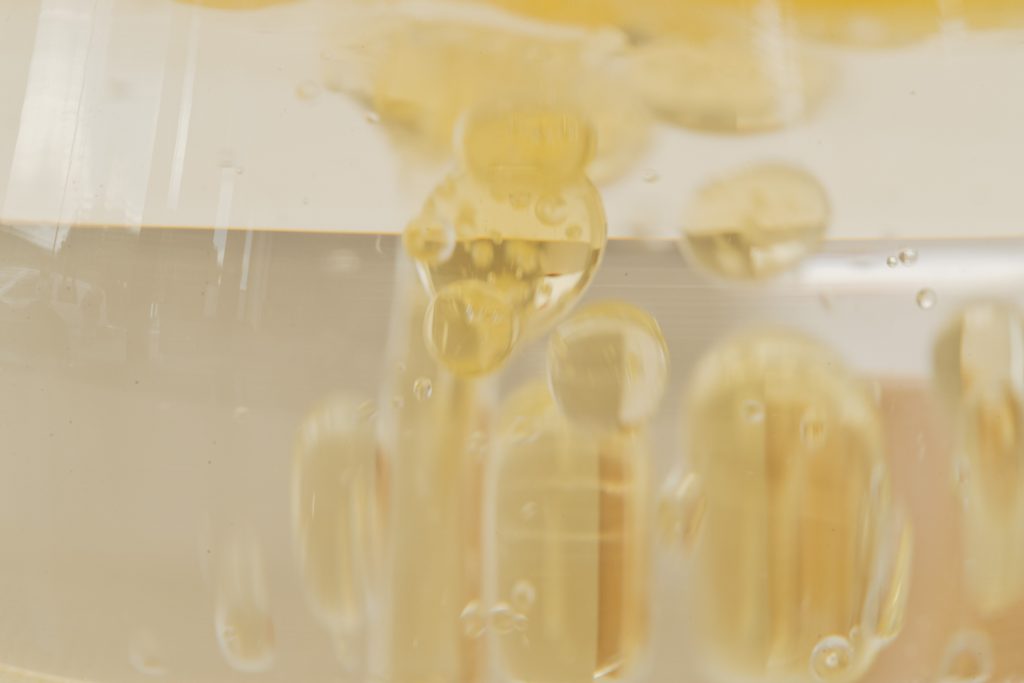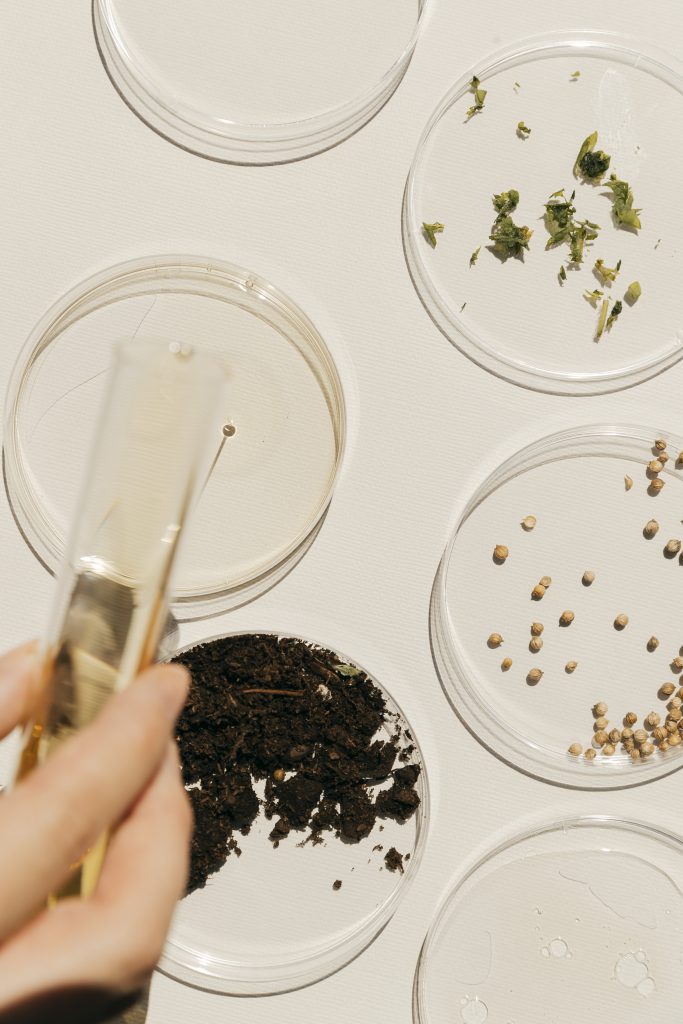ORGANIC GENETICS
RESEARCH
Our approach to research

Our approach to research is focused on new discoveries and breakthroughs in cannabinoid science. It’s driven by a fundamental belief that medicinal cannabis can be life changing for many people suffering with chronic illnesses. Our research team is committed to developing the highest quality, safest products available for those people. Whilst seeking the most efficient and sustainable ways to grow.
At our indoor cultivation facility, our research and development stage is focused on exploring a variety of different cultivation methods to achieve a low carbon footprint without compromising on quality and effectiveness. This will include organic growing techniques free from herbicides and pesticides. Maximising recycled content where possible. A reduced energy and water usage plan and developing sustainable practices across all stages of production.

The Cannabis Sativa plant contains over 400 chemicals, of which at least 100 are classified as cannabinoids.
Recent legalisation of medicinal cannabis in New Zealand has provided the opportunity to locally grow and develop a quality and consistent supply of Cannabis sativa for the development and design of medicines. As is the case with many plants, the Cannabis sativa plant contains over 400 chemicals, of which at least 100 are classified as cannabinoids. 1 The key class of active ingredients are generally considered to be Delta (9)-tetrahydrocannabinol (THC) and cannabinoids (CBD).2,3,4 These active ingredients, depending on their concentration and delivery can be used medically to treat. Some examples include: chemotherapy induced vomiting, epilepsy, improving appetite and improving sleep, Crohn’s disease and multiple sclerosis.4
The relevant levels of CBD obtained from a plant are dependent on the strain of plant itself and the environment of growth.1 Typically, medicinal cannabis is grown indoors under fixed conditions to give growers more control and yield a more consistent product.5Some of the challenges associated with the indoor cultivation of Cannabis sativa are often associated with utilities such as lighting, heating, ventilation, and air conditioning.5 This study will focus on determining whether more energy efficient lights can yield a similar or improved quality of plant. The use of LED lighting compared to traditional lighting systems can beat a lower cost for equivalent plant growth, leading to a reduced strain on local utilities. Further advantages to LED lighting systems include reduced heat output, reduced utility demand, longer lamp life, and control of photon light spectrum.5,6This study aims to identify which of the following LED components and settings can derive the greatest flower yield and potency (THC and CBD levels). Although studies regarding the ability to cultivate with LED lighting systems have been conducted, there is a great deal of variance between strains and contaminants from microbes and fungi (British medical association 1997). Outcomes from this research will give insight into the most energy efficient system whilst maintaining consistent plant quality within New Zealand.
(1) Appendino, G.; Chianese, G.; Taglialatela-Scafati, O. Cannabinoids: Occurrence and Medicinal Chemistry. Curr. Med. Chem.2011, 18 (7), 1085–1099.
(2) Vemuri, V. K.; Makriyannis, A. Medicinal Chemistry of Cannabinoids. Clin. Pharmacol. Ther.2015, 97 (6), 553–558.
(3) Aizpurua-Olaizola, O.; Soydaner, U.; Öztürk, E.; Schibano, D.; Simsir, Y.; Navarro, P.; Etxebarria, N.; Usobiaga, A. Evolution of the Cannabinoid and Terpene Content during the Growth of Cannabis Sativa Plants from Different Chemotypes. J. Nat. Prod.2016, 79 (2), 324–331.
(4) Engels, F. K.; de Jong, F. A.; Mathijssen, R. H. J.; Erkens, J. A.; Herings, R. M.; Verweij, J. Medicinal Cannabis in Oncology. Eur. J. Cancer2007, 43 (18), 2638–2644.
(5) Eichhorn Bilodeau, S.; Wu, B.-S.; Rufyikiri, A.-S.; MacPherson, S.; Lefsrud, M. An Update on Plant Photobiology and Implications for Cannabis Production. Front. Plant Sci.2019, 10, 296.
(6) Jonlin, D. L.; Lewellen, D. J. A Low-Energy High Managing Energy Use for Commercial Indoor Cannabis Cultivation. Energy Eng.2017, 114 (4), 69–79.
